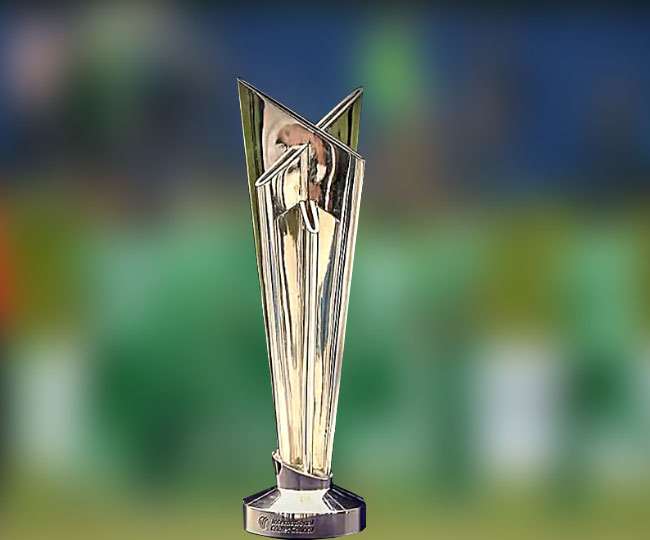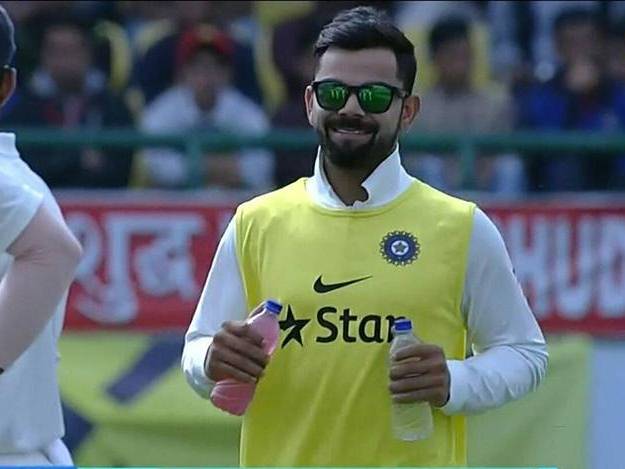Difference Between T20 and T20i
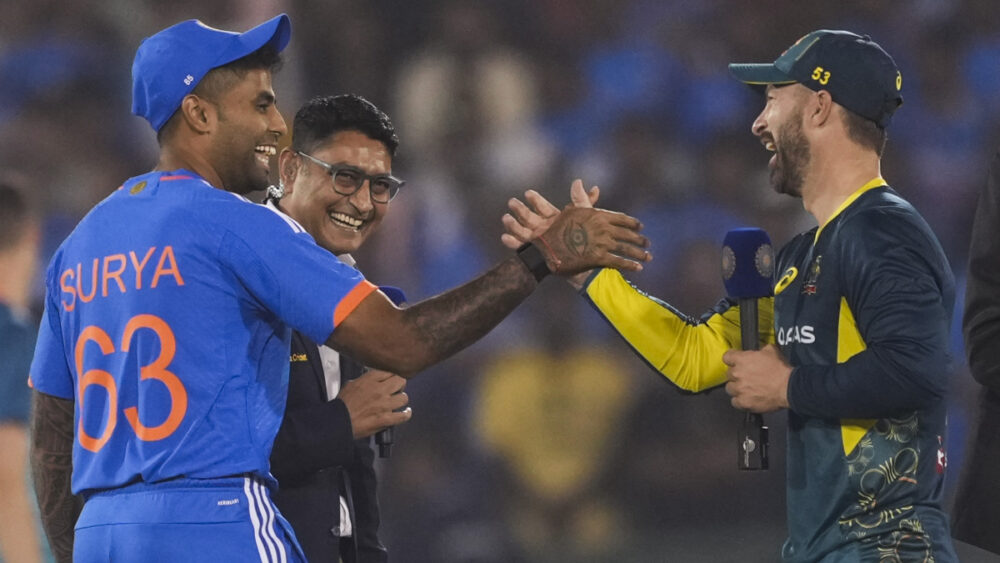
Cricket, in its various formats, has evolved over the years to cater to different preferences and audiences. Among the most popular formats are T20 (Twenty20) and T20 International (T20I) cricket, each offering its unique flavor and significance to the sport. While both share similarities, there are distinct differences that set them apart.
1. Nature of the Format:
T20 cricket, whether domestic or franchise-based, is primarily played between club teams or franchises within a country’s cricketing structure. It serves as a platform for entertainment, with fast-paced action condensed into a span of approximately three hours. T20 leagues such as the Indian Premier League (IPL) and the Big Bash League (BBL) exemplify this format, attracting global audiences with their high-octane contests.
On the other hand, T20 Internationals (T20Is) are sanctioned matches played between national teams under the governance of the International Cricket Council (ICC). These matches carry official status and contribute to teams’ rankings in the ICC T20I rankings. T20Is serve as a crucial component of international cricket, providing teams with opportunities to compete on a global stage and vie for supremacy in the shortest format.
2. Participation and Representation:
In T20 cricket, players are typically selected based on their performances in domestic competitions or through auctions in franchise leagues. They represent their respective clubs or franchises, often comprising a mix of local and international talent. The emphasis is on team composition and strategy to maximize performance in the tournament.
In T20 Internationals, players represent their countries and compete against other nations in official matches. Selection for T20I teams is based on players’ performances in domestic cricket, along with considerations of form, fitness, and suitability for the international arena. T20Is hold immense significance for players as they vie for national glory and strive to make a mark on the global stage.
3. Context and Significance:
While T20 cricket offers entertainment and serves as a lucrative platform for players and stakeholders, it may lack the gravitas and context associated with international cricket. Domestic T20 leagues, though immensely popular, are often seen as standalone events geared towards commercial success and fan engagement.
In contrast, T20 Internationals carry significant weight in the cricketing landscape, contributing to teams’ rankings and shaping their fortunes on the international circuit. T20 World Cups, held every four years, epitomize the pinnacle of T20I cricket, offering nations the chance to compete for cricket’s most coveted trophy and assert their dominance in the format.
In conclusion, while T20 and T20 International cricket share similarities in their format and style of play, they represent distinct facets of the sport. T20 cricket thrives on entertainment and commercial viability, with franchise leagues captivating audiences worldwide. On the other hand, T20 Internationals embody the spirit of national pride and competition, serving as a battleground for cricketing supremacy among nations. Together, they enrich the cricketing landscape, offering fans a diverse array of experiences and showcasing the enduring appeal of the game in its shortest and most electrifying form.
The Evolution and Impact of T20 Cricket

In the ever-evolving landscape of cricket, the advent of Twenty20 (T20) cricket has revolutionized the sport, captivating audiences worldwide with its fast-paced action, electrifying contests, and innovative gameplay. Since its inception in 2003, T20 cricket has transcended traditional boundaries, ushering in a new era of entertainment and excitement.
1. Origins and Growth:
The concept of T20 cricket emerged as a response to the need for a shorter, more dynamic format of the game that could cater to modern audiences with shorter attention spans. The inaugural T20 match, played between English counties in 2003, laid the groundwork for what would become a global phenomenon. The success of the format prompted the establishment of domestic T20 leagues around the world, including the Indian Premier League (IPL), Big Bash League (BBL), and Caribbean Premier League (CPL), among others.
2. Fast-Paced Action:
At the heart of T20 cricket lies its fast-paced and action-packed nature, characterized by explosive batting, strategic bowling, and athletic fielding. Matches are condensed into a span of approximately three hours, making them ideal for television broadcasts and attracting a wide range of viewers, including casual fans and families. The format encourages aggressive and innovative gameplay, with batsmen aiming to score quickly, bowlers striving to contain the opposition, and fielders executing acrobatic catches and run-outs to turn the tide of the game.
3. Global Appeal:
T20 cricket’s global appeal transcends geographical boundaries and cultural barriers, uniting fans from diverse backgrounds in their love for the game. The format has provided opportunities for players from emerging cricketing nations to showcase their talent on the international stage and compete against established cricketing powerhouses. T20 leagues have also become a melting pot of cricketing cultures, with international stars rubbing shoulders with local talent, creating a vibrant and inclusive cricketing ecosystem.
4. Commercial Viability:
From a commercial standpoint, T20 cricket has proven to be immensely lucrative, attracting investment from sponsors, broadcasters, and advertisers. The IPL, in particular, has emerged as a multi-billion-dollar industry, with franchise owners, players, and stakeholders reaping the benefits of its commercial success. T20 leagues serve as platforms for brands to reach a wide audience and engage with fans through innovative marketing campaigns and activations.
5. Innovation and Evolution:
One of the hallmarks of T20 cricket is its constant innovation and evolution, with stakeholders continually seeking to enhance the spectator experience and push the boundaries of the sport. From the introduction of strategic timeouts and player auctions to the implementation of technology like Decision Review System (DRS) and Spidercam, T20 cricket has embraced innovation to stay relevant in a rapidly changing sporting landscape.
T20 International Cricket:
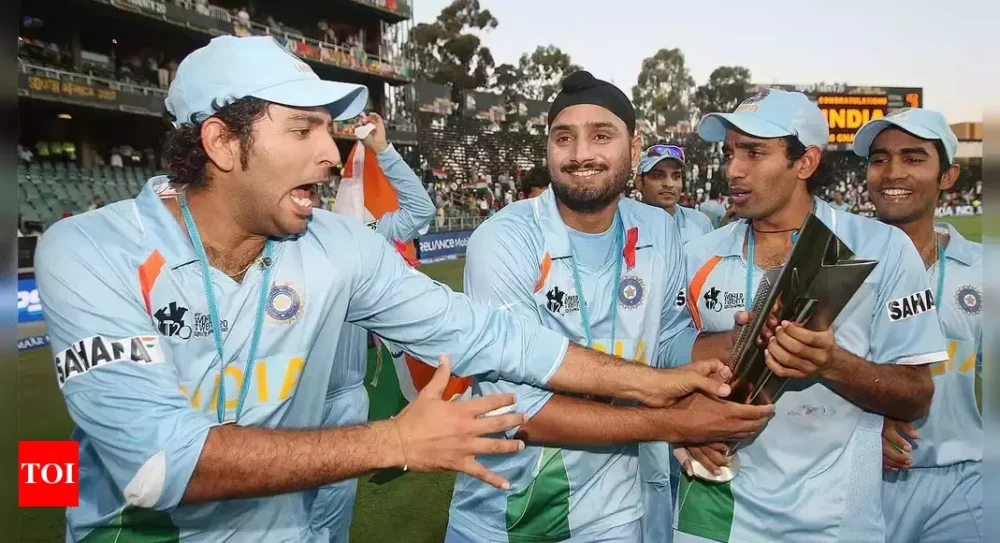
In the realm of cricket, Twenty20 International cricket, commonly known as T20I, stands as a dynamic and thrilling format that has redefined the sport’s essence. Originating from the concept of T20 cricket, T20I matches bring together national teams from around the world in fast-paced and electrifying contests that captivate audiences globally. Let’s delve into the significance and evolution of T20I cricket, exploring how it has become a cornerstone of international cricket.
1. Birth of T20 International Cricket:
The concept of T20I cricket emerged in the early 21st century as cricket administrators sought to inject new energy into the sport and attract younger audiences. The first T20 International match was played between Australia and New Zealand in 2005, marking the beginning of a new era in cricket. Since then, T20I cricket has gained momentum, with the International Cricket Council (ICC) formalizing its status and introducing regulations to govern the format.
2. Short, Explosive Encounters:
T20I matches are characterized by their brevity and intensity, with each team facing a maximum of 20 overs to showcase their skills and strategies. This condensed format encourages aggressive batting, innovative shot-making, and strategic bowling, resulting in high-scoring contests and nail-biting finishes. T20I cricket offers a perfect blend of skill, athleticism, and entertainment, captivating fans with its fast-paced action and unpredictable outcomes.
3. Global Stage for National Rivalries:
T20I cricket provides a global stage for national teams to compete against each other, fostering intense rivalries and showcasing the best talent from around the world. From the historic India-Pakistan clashes to the fiercely contested Ashes battles between England and Australia, T20I matches serve as platforms for nations to assert their cricketing prowess and vie for supremacy on the international stage.
4. Pathway to T20 World Cups:
T20I cricket plays a crucial role in the build-up to the ICC T20 World Cups, which are held every four years for both men’s and women’s teams. T20I series and tournaments serve as preparatory grounds for teams to fine-tune their skills, test their strategies, and identify key players ahead of the pinnacle event. The T20 World Cups provide an opportunity for nations to compete for cricket’s most coveted trophy and showcase their talent on a global platform.
5. Growing Popularity and Commercial Appeal:
Over the years, T20I cricket has witnessed a surge in popularity, attracting a diverse range of fans, including traditional cricket enthusiasts and casual viewers. The format’s fast-paced nature, thrilling finishes, and star-studded line-ups have contributed to its widespread appeal, leading to increased viewership and commercial opportunities. T20I matches draw significant interest from broadcasters, sponsors, and advertisers, making them lucrative ventures for cricket boards and stakeholders.
Cricket’s Finest in T20 and T20I Formats
In the fast-paced world of Twenty20 cricket, certain players shine like beacons of excellence, demonstrating their mastery over the game’s shortest format. Similarly, in the realm of T20 Internationals (T20Is), standout performers emerge, captivating audiences with their skill, flair, and match-winning abilities. Let’s celebrate some of the best players in T20 and T20I cricket, whose contributions have left an indelible mark on the sport.
1. Virat Kohli (India):
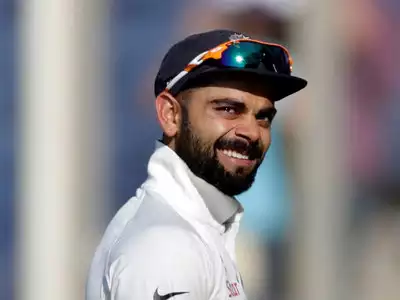
Regarded as one of the modern greats of cricket, Virat Kohli’s prowess extends seamlessly across all formats, including T20 cricket. Known for his impeccable technique, extraordinary fitness, and insatiable hunger for runs, Kohli has amassed a staggering number of T20 runs, both in domestic leagues and international cricket. His ability to anchor innings, rotate strike, and accelerate when needed makes him a formidable force in the T20 arena.
2. Rashid Khan (Afghanistan):
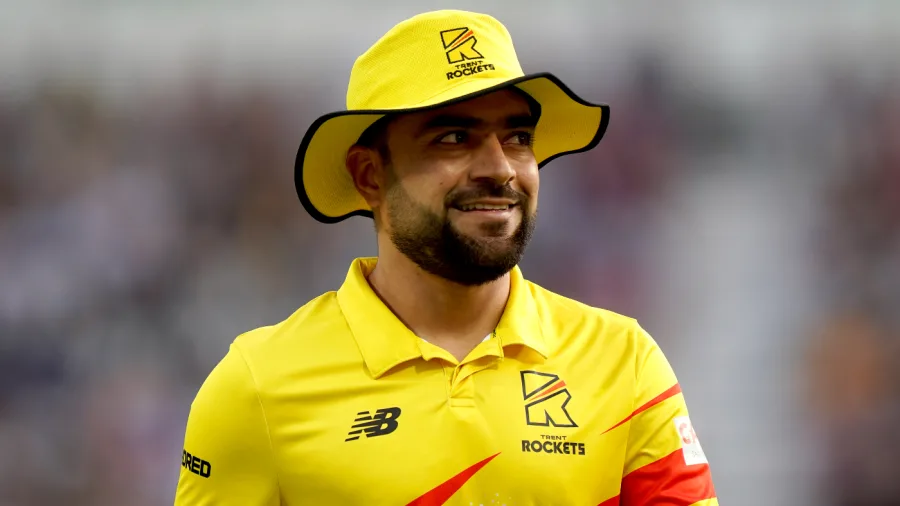
In the realm of T20 cricket, Rashid Khan’s name commands respect as one of the most lethal spinners in the format. Hailing from Afghanistan, Rashid’s mesmerizing leg-spin and deceptive variations have bamboozled batsmen around the world, earning him accolades and admiration. His exceptional economy rate and knack for picking up crucial wickets make him a prized asset in T20 leagues and international cricket alike.
3. Chris Gayle (West Indies):

Chris Gayle’s towering presence and explosive batting make him a force to be reckoned with in T20 cricket. Known as the “Universe Boss,” Gayle’s ability to clear boundaries with ease and dominate bowling attacks has earned him legendary status in the T20 arena. With countless match-winning innings to his name, including the first-ever T20 century in international cricket, Gayle remains a crowd favorite and a fearsome opponent for any team.
4. Aaron Finch (Australia):

As the captain of the Australian T20I team, Aaron Finch leads from the front with his aggressive batting and astute leadership. Finch’s ability to set the tone at the top of the order and provide explosive starts has been instrumental in Australia’s success in T20 cricket. His knack for scoring big runs and dismantling bowling attacks makes him one of the premier batsmen in the format.
5. Ellyse Perry (Australia):

In the realm of T20I cricket for women, Ellyse Perry stands out as a true all-rounder, excelling with both bat and ball. Perry’s consistent performances across formats have made her a linchpin of the Australian women’s team, contributing with crucial runs and breakthroughs with the ball. With her athleticism, skill, and unwavering determination, Perry epitomizes the spirit of women’s T20 cricket.
In conclusion, these players represent the epitome of excellence in T20 and T20I cricket, captivating fans with their extraordinary talent, passion, and commitment to the game. Whether it’s Kohli’s batting masterclass, Rashid’s spin wizardry, Gayle’s brute power, Finch’s captaincy, or Perry’s all-round brilliance, these players have left an indelible legacy in the T20 arena and continue to inspire the next generation of cricketers with their performances.
FAQs

